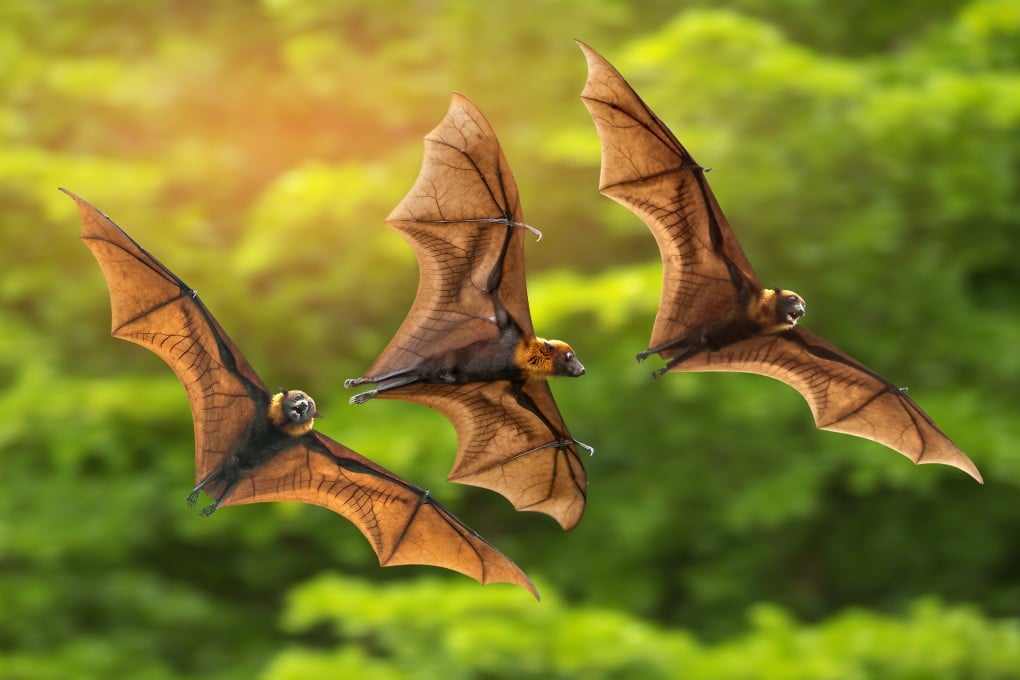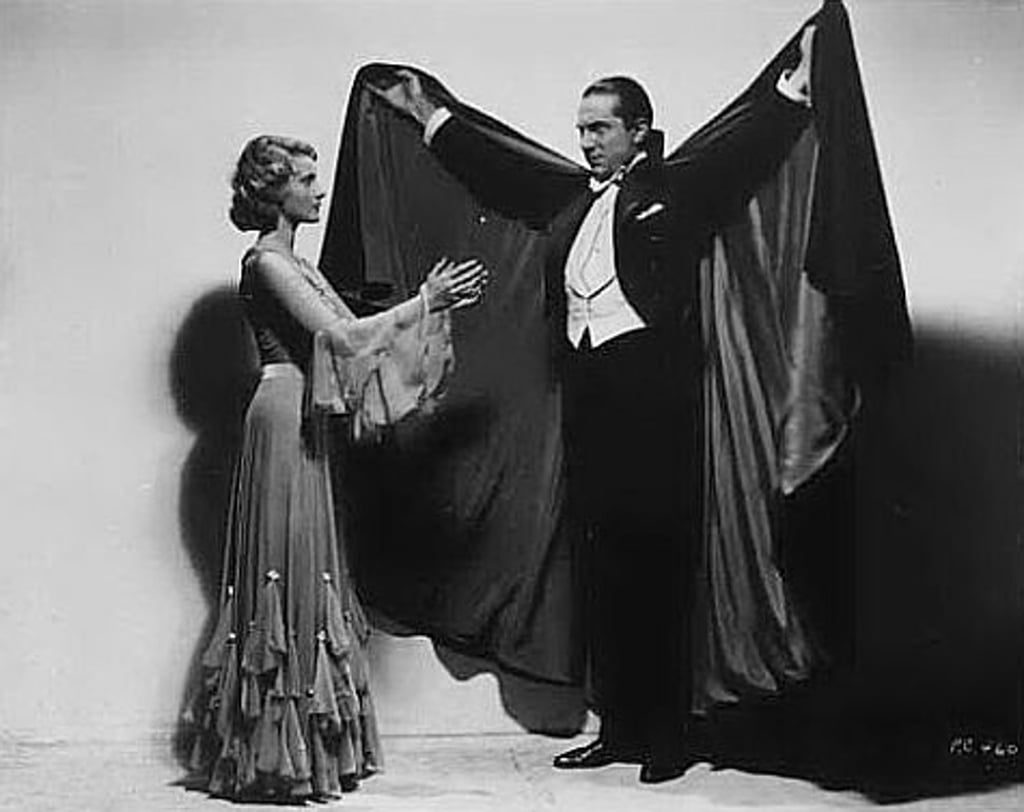Language Matters | Bats are the source of several viruses, but where does the word come from?
- Characteristics of the flying mammal appear in its various names, including ‘night butterfly’, ‘flying rat’ and ‘leather wing’
- Its uncommon characteristics have also endowed the animal with symbolism – good, bad and, often, spooky

The modern English word “bat”, appearing from about 1575, took the place of the Middle English bak/backe/bakke, which would have come from the Scandinavian. Related names in this family include the Danish aften-bakke “evening-bat” and the Old Swedish natt-backa “night-bat”. The pronunciation shift from -k- to -t in Modern English has been suggested to have happened through the influence of the (unrelated) Latin blatta “insect that shuns the light, moth”.
Another, older English name is flittermouse – this is cognate with other Germanic languages’ names for bat, such as the German fledermaus and the Swedish fladdermus.
Reference to various characteristics of bats in the names, evident above, can be found around the world. Mention of the mouse or rat family is seen in several languages including Spanish, “blind mouse/rat”, Russian, “flying mouse/rat”, and Korean, “bright(-eyed) mouse/rat”. The nature of its wings is noted, as in Irish, “leather/skin wing”, and as “leather/skin butterfly” in dialectal Armenian. The bat’s nocturnal behaviour is reflected, too: “night flier” in Proto Slavic and its descendants, Persian “night blind”, Maltese “night butterfly”.

The Latin vespertī liō , derived from vesper “evening”, gave the scientific name of the most diverse and widely distributed bat family, vespertilionidae. The Old Italian vespertilio became vipistrello, and then the modern Italian pipistrello. The common pipistrelle bore both these forms in its initial scientific name, Vespertilio pipistrellus, when first classified.
